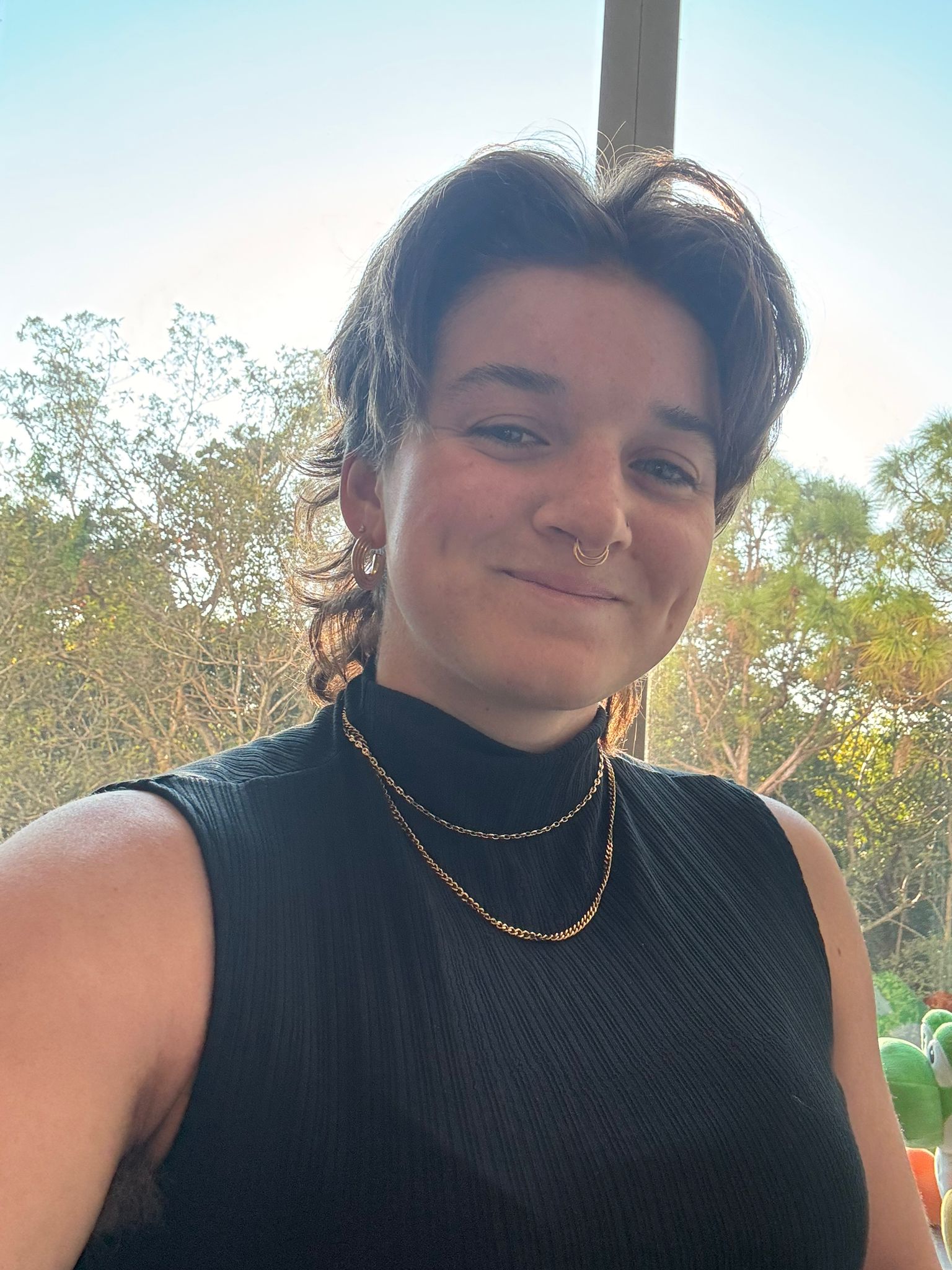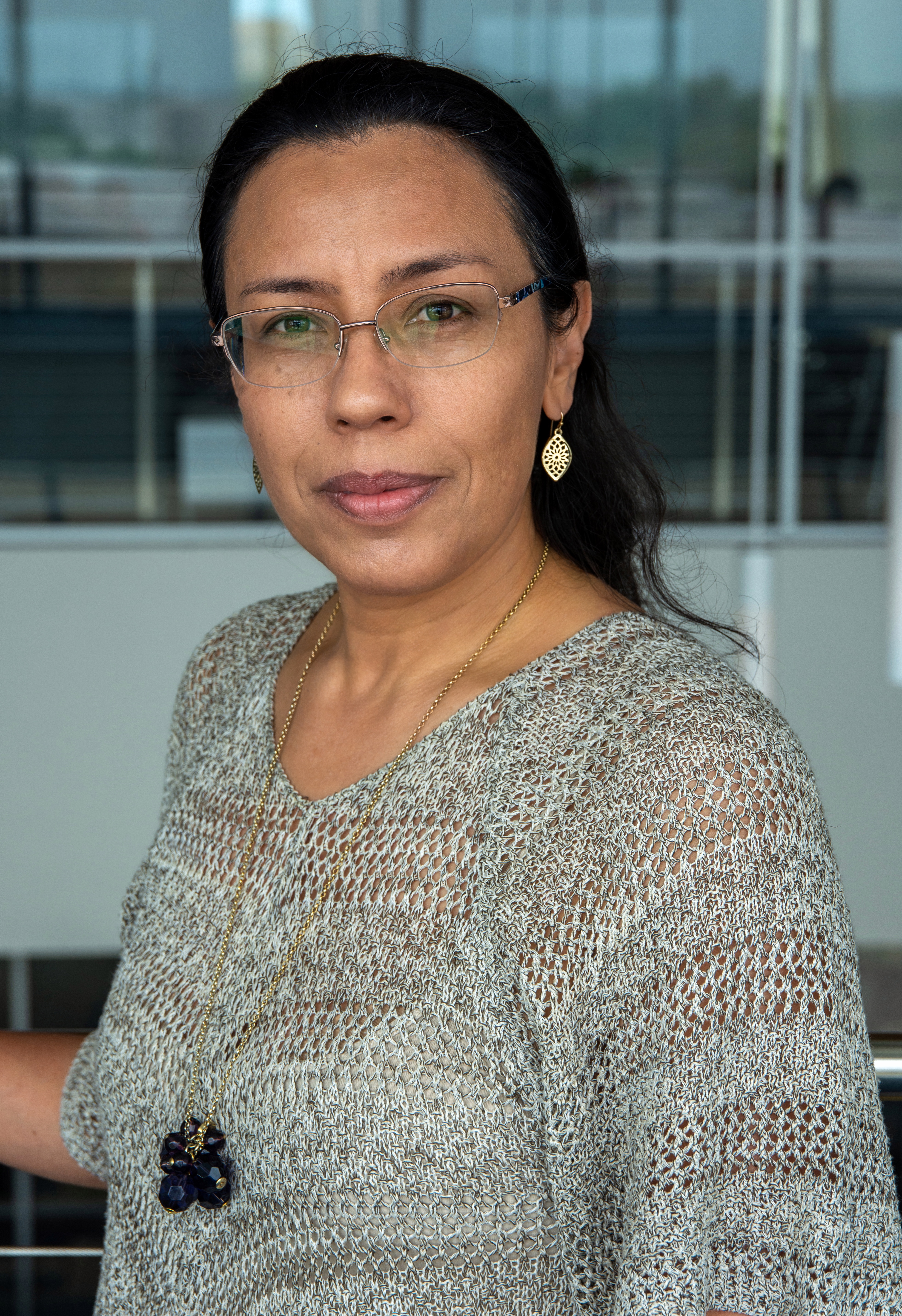Writing in History
The Writing in History tutors provide support to undergraduate students who are enrolled in courses offered by the Department of History (from 2000-level classes to senior seminars). Our tutors specialize in historical writing and can help you at any stage of your writing process.
Attention new and returning students: we have briefly lost access to our FIU Outlook and Bookings accounts. We are working with the Division of IT to restore access; however, if you have made an appointment for the week of July 29th, we are unable to confirm your appointments as we cannot view who is scheduled. If you have scheduled an appointment, please email fiuhistutor@gmail.com to confirm your appointment. We apologize for any inconvenience caused as we work to fix this issue.
Make an appointment
We recommend that you make an appointment with the Writing in History tutors early in the writing process. Keep in mind that the tutoring program tends to get very busy in the middle and last weeks of the semester. Planning ahead is necessary.
Online tutoring is available, but limited. Please make sure to read the instructions on the top of the Bookings page, and make an appointment at least 12 hours in advance. All appointments must be booked with your official FIU student email address, or you may not receive a confirmation email. On the morning of your session, you will receive a confirmation email directly from the History Tutors. You can make an appointment on the Bookings website:
What to expect
Please read the following material for your advising session:
- the assignment prompt with any supporting material provided by the instructor/teaching assistant (e.g. writing guidelines or grading rubric)
- a printed copy of your paper for review with the tutor
A tutoring session lasts for 30 minutes. During that time you will have the opportunity to discuss the writing aspects of your paper and receive feedback from the tutor. Your tutor will first discuss “global” issues with you; for instance, they will determine whether you have a strong thesis statement and check if the paper adheres to basic university-level expectations with regard to structure and organization. All In-Person tutoring sessions will take place in SIPA II 300.
Please remember that the tutors will not edit or proofread your papers for you. Their goal is to provide you with the tools to become a better writer and help you communicate your ideas in more effective ways.
Team
Carlos Ricaurte
Head Writing Tutor
cricaurt@fiu.edu
SIPA II History DeptEmily Rosario
Writing Tutor
emrosari@fiu.edu
SIPA II History DeptGabby Puryear-Lynch
Writing Tutor
gpuryear@fiu.edu
SIPA II History DeptLeo Rodrigues
Writing Tutor
lrodri@fiu.edu
SIPA II History DeptSandra Londono-Ardila
Postdoctoral Fellow
salondon@fiu.edu
SIPA II 311Richard Denis
Postdoctoral Fellow
ridenis@fiu.edu
SIPA II 311
Workshops
We host a variety of workshops over the course of the academic year on writing-specific subjects such as forming historical arguments and using primary source material.
Digital history
Digital history refers to historians’ engagement with digital technology and to the use of technology to represent historical findings. Our faculty encourage students to explore how technology can help them produce innovative research and present their findings in a digital format.
Digital history tutoring
The Written and Digital History Program has a dedicated team of tutors who can advise you on some of the digital tools available in the various stages of research projects. They can direct you to programs used for data management, manipulation, and interpretation. They are trained in using various digital platforms that can be used to present historical research and build online portfolios, including Wix, Weebly, and Omeka. Also, they can help you in the process of creating audio and visual material for your online platform.
Alternatively, you can also seek help from the Digital Scholars Studio and the FIU GIS Center or contact our digital history faculty Keyao Pan.
Tips and resources
Here are some materials that will assist your writing efforts and help you prepare for meetings with our tutors.





